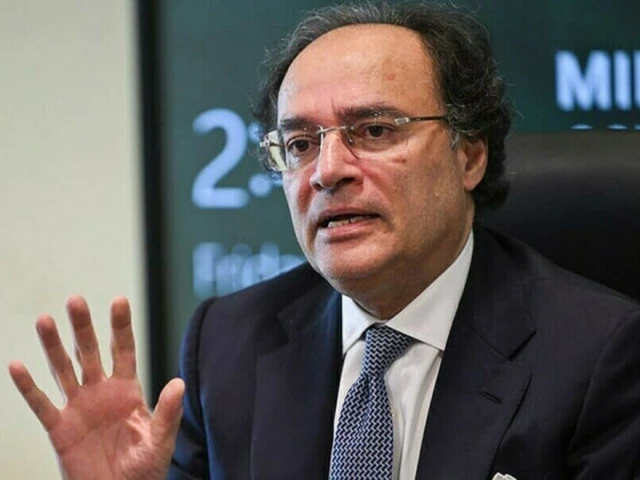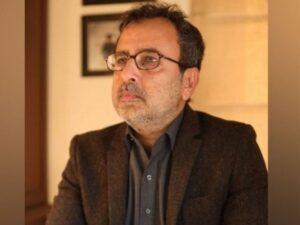According to macroeconomic stability and ‘geopolitical tailwinds’, Pakistan is poised for growth and investment
In a virtual speech at the second edition of the Pakistan International Maritime Exhibition in Karachi, Federal Finance Minister Muhammad Aurangzeb on Tuesday said Pakistan was witnessing a moment of convergence between internal economic stability and favorable international dynamics.
“Where we are as a country, we find ourselves in a good position at this time because there is a confluence of factors,” he said.
وفاقی وزیر خزانہ سینیٹر محمد اورنگزیب کا کہنا ہے کہ پاکستانی معیشت درست سمت کی جانب گامزن ہے اور بلیو اکانومی ملکی معیشت کےلیے گیم چینجر میری ٹائم ایکسپو 2025 سے ورچوئل خطاب کرتے ہوئے وزیر خزانہ محمد اورنگزیب کا کہنا تھا معاشی استحکام کے لیے ڈھائی سال… pic.twitter.com/j62Q3Vtbm7
– Karachi Times (@TOKCityOfLights) November 4, 2025
He highlighted what he described as “macroeconomic stability combined with geopolitical tailwinds” as the main drivers of this improved position.
Aurangzeb emphasized that the country’s long-standing relationships with its partners can now be transformed from simple government-to-government engagements into tangible trade and investment flows. “Our traditional partners, who have helped us through thick and thin… we are in a situation where we can now… move from government-to-government (G2G) discussions to trade and investment flows into the country,” he said at the conference.
On global confidence in Pakistan’s economic management, Aurangzeb said that after a gap of two to three years, three major global rating agencies are now aligned in their view, announcing improvements this year and offering a stable outlook. “After a gap of two to three years, we have three global rating agencies that are fully aligned… in terms of the improvements that we have seen over this year, but also their outlook, which is stable for the Pakistani economy,” he said.
He said the country was currently part of an International Monetary Fund (IMF) program and the recently announced staff-level agreement was a demonstration of international confidence in Pakistani authorities.
Blue economy
Moving on to sectoral strategy, Aurangzeb described the “blue economy” as a potential game-changer for Pakistan. He said the sector is currently worth about $1 billion (0.4-0.5 percent of gross domestic product). [GDP]) and aims to evolve significantly. “We are hovering between 0.4 and 0.5 percent of the national gross domestic product, which is about $1 billion,” he said, adding that Pakistan’s “real potential” was $3 trillion.
The minister also stressed that policy coherence would be essential to achieve these goals. “As finance minister, I would like to assure you… that we are going to ensure policy coherence. Whatever we say, we will see it throughout the cycle. So I think that will be a very important part of how we move this discussion forward,” he said.
He outlined plans for seafood exports, which currently stand at around $500 million, to reach $2 billion over the next three to four years. “Raising that to $2 billion over the next three to four years was a very achievable step,” he said.
Other strategic pillars identified include the modernization of ports and logistics, digitalization, renewable energy and innovative financing such as blue bonds and blended financing.
These remarks demonstrate Pakistan’s intention to take advantage of a window of favorable external conditions and a momentum for internal reform to accelerate growth. However, ambitious goals and promises of lasting policy coherence will require careful execution, strengthened institutional frameworks and greater market confidence.




